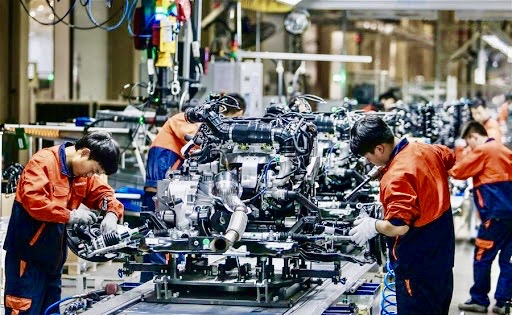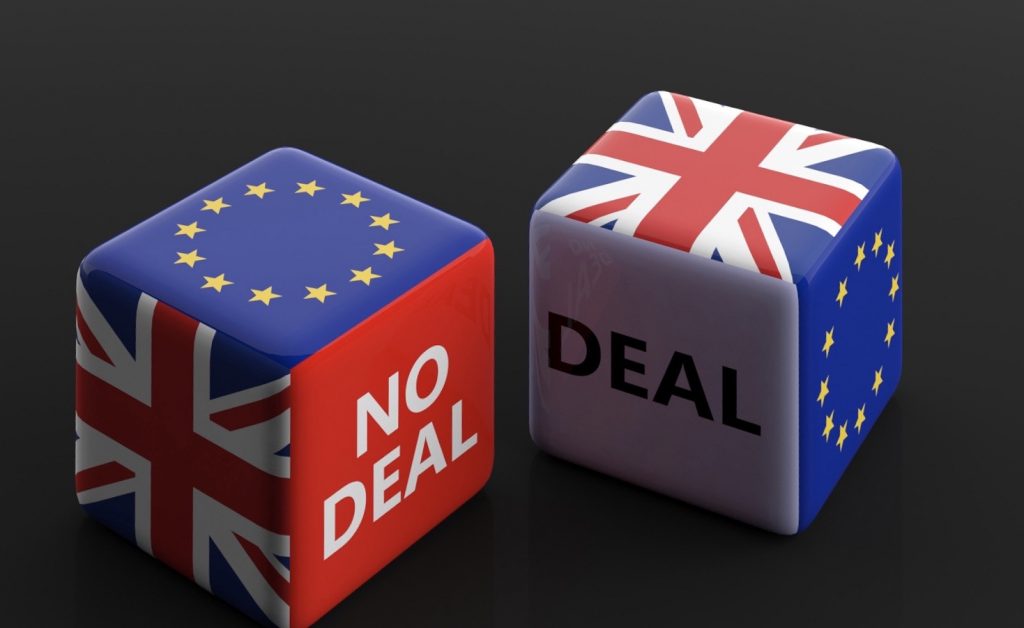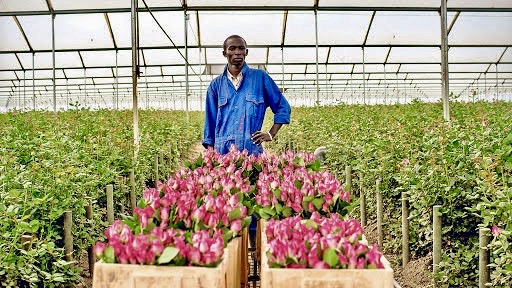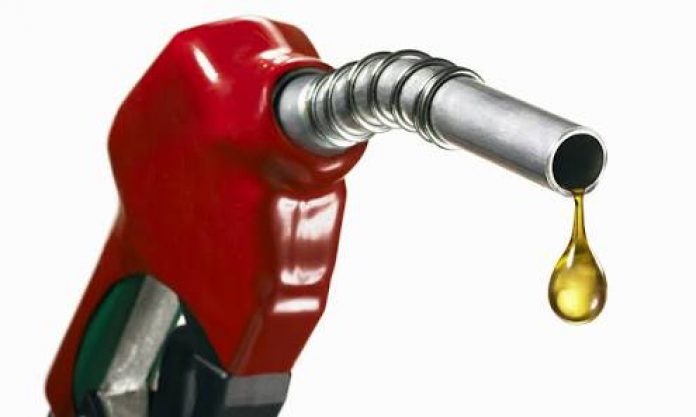Disease pandemic has been a key theme in the year 2020 and has seemingly found a way of reflecting in various business and market related metrics. With supply disruption being the biggest driver of weaker global growth, the need for social distancing as a health protocol has impacted the business ecosystem. COVID protocols especially border shut downs has impacted market access which has disrupted trade flow, while dependencies on China has vividly been proved for most African nations. With medical breakthroughs of vaccines that are said to be unto 95% effective, the world is pricing in recovery that is evident in risk appetite claw back into the market evidenced by a weak dollar (DXY) index measured against a basket of 6 major currencies at 90.1 (a 2.5year low), base metal rally with copper trading for 7.5year highs on the London Metal Exchange, crude hitting new highs of $50 per barrel and above all positive purchasing managers indexes (PMI) >50 signaling expansionary factory pulse.
THE U.S IS OPTIMISTIC ABOUT THE VACCINES
The United States still grapples with rising COVID cases but has shown some string recovery with PMIs of 53 for November. It is evident that earlier interventions by the US Federal reserve in bond buying programs and offering credit lines and support to businesses is beginning to bear fruit. Additionally, the US had one of the biggest stimulus packages under the Trump administration of circa $2trillion and is navigating prospects of another after the prior expires on December 31.

Unemployment in March was severe with 22million out of employment yet 14million have so far bounced back to employment. Non farm payrolls added 265,000 jobs in November the lowest in 6months pushing unemployment to 6.9%. Vaccines announced by BioNtech, Pfizer, Oxford and AstraZeneca have caused a strong rally in the stock markets with Wall Street in bullish mode for November. Crude prices rallied to new highs as the world projects fuel demand while the OPEC+ compromise to 7.2million barrels per day from January to March 2021 is supporting prices firmly. This has sent energy, mining, banking and industrial stocks higher. The US Fed has hinted keeping interest rates ultra thin at close to zero to keep credit conditions more favorable for recovery.
CHINA AND ITS PEERS GROWING FASTER THAN EXPECTED
Being the first to record covid cases China had the opportunity to flush the virus outvote the system earlier than the rest of the world and is enjoying stronger economic indicator performance for 8 months straight. The Caixin PMI for general services sector headlined 57.8 for November while the National Bureau of Statistics (NBS) has been in positive for over 8 months now. Import and export data have consistently beat estimates with more solid growth than earlier anticipated.

This momentum is pricing into the base metals and the commodities market. Despite drastic recovery post COVID, China has its fair share of debt and strains in the market which reflect the autopsy effects of disease pandemic. As was done by the US, China similarly assisted its private sector through stimulus packages by the authorities while the Peoples Bank of China (PBOC) was on bond buying program in addition to injecting liquidity through the repo market. The PBOC also kept rates low for the 1yr and 5yr to help spur growth. Other markets such as Japan will keep rates negative while bonds will continue being priced close to zero. Hong Kong, Korea, Singapore and India have instituted strict health protocols which have helped keep infections in check. However India recently started to ease its lockdown after a severe impact on its economy.
EUROPE GRAPPLES WITH SECOND WAVE AND BIGGEST SHIFT IN TRADE POLICY – BREXIT
November reads for private sector pulse reflect the European Union in positive territory at 53.8 weighed by additional lockdowns as winter induced COVID infections increased global recovery prospects. Asides Spain, France and Greece that were in contraction, key nations of the EU posted positive readings despite the headlines being new lows reversing earlier gains from economies re-opening. Europe faces a myriad of risks such as Brexit expected to be delivered December 31 yet prospects of hard exit by Britain are still on the cards.

If this happened the Sterling would wobble to highs while significant disruption and market access concerns will result. A good example can be inferred from how the London Stock Exchange has opened a wing in Amsterdam to address serving of its European Union members post New Years eve. The EU are also in the process of approving a stimulus package to assist its member states address COVID effects. Vaccine prospects nonetheless cushion most of the adversity posed by various threat factors the block faces.
AFRICA FLUSHING COVID BUT EUROPEAN LOCKDOWNS REPRICING
Africa has shown resilience in the year with November numbers mostly above 50 as the continent claws back growth. Kenya saw the steepest slide in PMI to 51.3 from 59.1 in October, a reflect of the Europe lockdowns restricting the East African giants market access.

Kenya exports sugar and fresh cut flowers into the EU whose supply logistics were disrupted. At 50.9 (from 53.5 in October) Nigeria’s business fabric on the other hand was weighed by the SARS unrest and foreign exchange liquidity woes that continue to push input prices higher. However the crude price rally was reprieve for fiscal balancing pressures. Its peer Ghana remained solid at 52.5 half a point lower than previous month. Ugandas November reading at 53.9 from 55.8 showed market access and wider lead time effects while South Africa despite the second month of positive PMI at 50.3 still struggles with productivity levels, input bottlenecks and purchase cost inflation. Business volumes scaled back while the recent rally in the Rand against the Dollar could ease input cost pressures. Zambia’s theme was more weighed around cost management at input levels fueled by a weaker Kwacha and stronger Rand against the dollar.

The copper producer has been in contraction for 22 months straight with persistent themes namely:- elevated energy costs from higher pump prices and electricity bottlenecks. The red metal producer headlined 49.3 from 48.9 previous month. The recent crude rally spells manufacturing cost bears as pump prices could adjust higher on account of Kwacha bears and crude bulls.
The Kwacha Arbitrageur.

